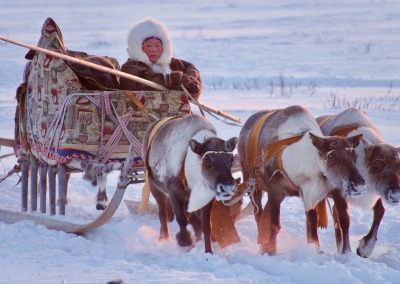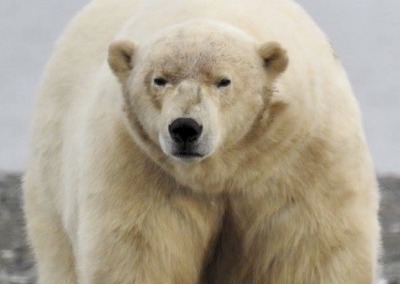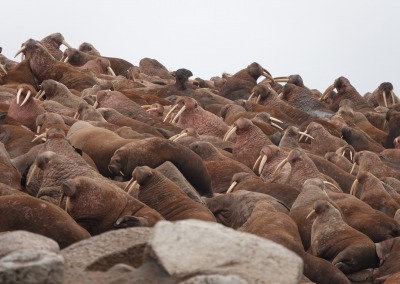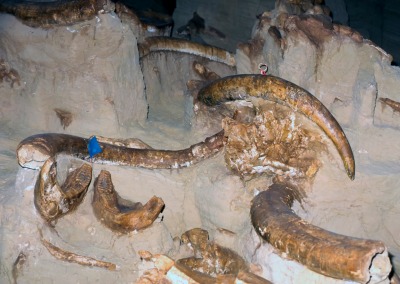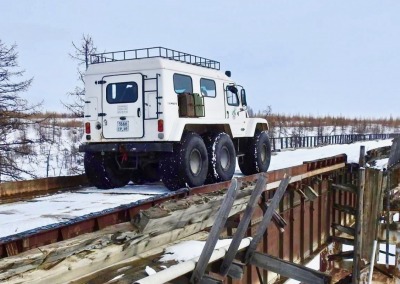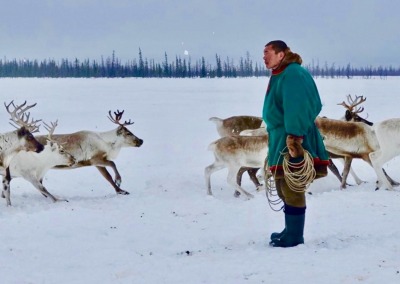Gulags
Gulag was the name given to the concentration camps in operation all over Russia from the 1920s to the 1950s. They were set up by the communist regime to develop the vast wilderness of Siberia. Millions of people were worked, starved or frozen to death in the harshest conditions imaginable.
Underfed, underclothed people had to work outdoors on construction and mining projects in temperatures that could reach the negative 60s centigrade. Not only had the majority not committed any crimes, but many were also pro-communism and had just been arrested to fulfil a quota. It was one of the greatest stories of human suffering that humanity has to offer.
Unlike in Europe, these places have not been turned into museums but have been left forgotten out in the taiga forest, the tundra and the mountains. For this reason, many are in a very poor state of repair. There are, however, several which have somehow survived the test of time and the elements, complete with watch towers, barbed wires, sleeping quarters, cutlery and crockery, inmate graffiti and more. Nearby, some of the mines they dug and
the railways they tried to build in the frozen Arctic wastes can still be found.
On some of our Yamal Peninsula tours, we visit gulag camps where prisoners were building the 1500 km 501 Salekhard – Igarka Railway of Death along the Arctic Circle.
On the Taymyr Peninsula, we the gulag salt mining camp at Nordvik, formerly the northernmost inhabited place in Eurasia.
In Yakutia, we visit the tin mining gulag of Kestyor.
In Chukotka, we visit the Chukotlag gulags, whose prisoners built the road from the port at Egvekinot to the tungsten mines of Iultin.
On our sister site Lake Baikal, we also offer tours to Borskiy gulag in the remote Kodar Mountains. Located at 2000 metres above sea level and ringed by 3000m+ peaks, Borskiy is probably the most beautifully situated gulag in the former USSR. It is also one of the best preserved. Prisoners here mined uranium during the race to build the first atomic bomb.
Gulag was the name given to the concentration camps in operation all over Russia from the 1920s to the 1950s. They were set up by the communist regime to develop the vast wilderness of Siberia. Millions of people were worked, starved or frozen to death in the harshest conditions imaginable.
Underfed, underclothed people had to work outdoors on construction and mining projects in temperatures that could reach the negative 60s centigrade. Not only had the majority not committed any crimes, but many were also pro-communism and had just been arrested to fulfil a quota. It was one of the greatest stories of human suffering that humanity has to offer.
Unlike in Europe, these places have not been turned into museums but have been left forgotten out in the taiga forest, the tundra and the mountains. For this reason, many are in a very poor state of repair. There are, however, several which have somehow survived the test of time and the elements, complete with watch towers, barbed wires, sleeping quarters, cutlery and crockery, inmate graffiti and more. Nearby, some of the mines they dug and the railways they tried to build in the frozen Arctic wastes can still be found.
On some of our Yamal Peninsula tours, we visit gulag camps where prisoners were building the 1500 km 501 Salekhard – Igarka Railway of Death along the Arctic Circle.
On the Taymyr Peninsula, we the gulag salt mining camp at Nordvik, formerly the northernmost inhabited place in Eurasia.
In Yakutia, we visit the tin mining gulag of Kestyor.
In Chukotka, we visit the Chukotlag gulags, whose prisoners built the road from the port at Egvekinot to the tungsten mines of Iultin.
On our sister site Lake Baikal, we also offer tours to Borskiy gulag in the remote Kodar Mountains. Located at 2000 metres above sea level and ringed by 3000m+ peaks, Borskiy is probably the most beautifully situated gulag in the former USSR. It is also one of the best preserved. Prisoners here mined uranium during the race to build the first atomic bomb.

